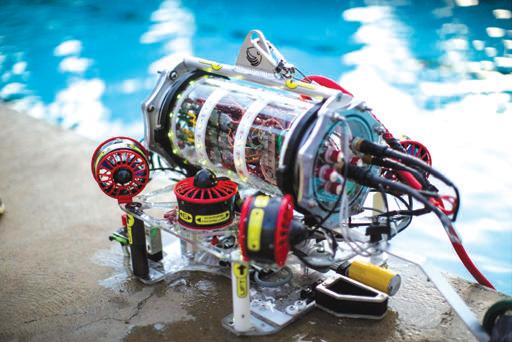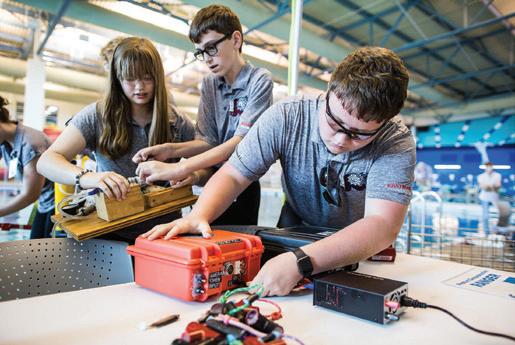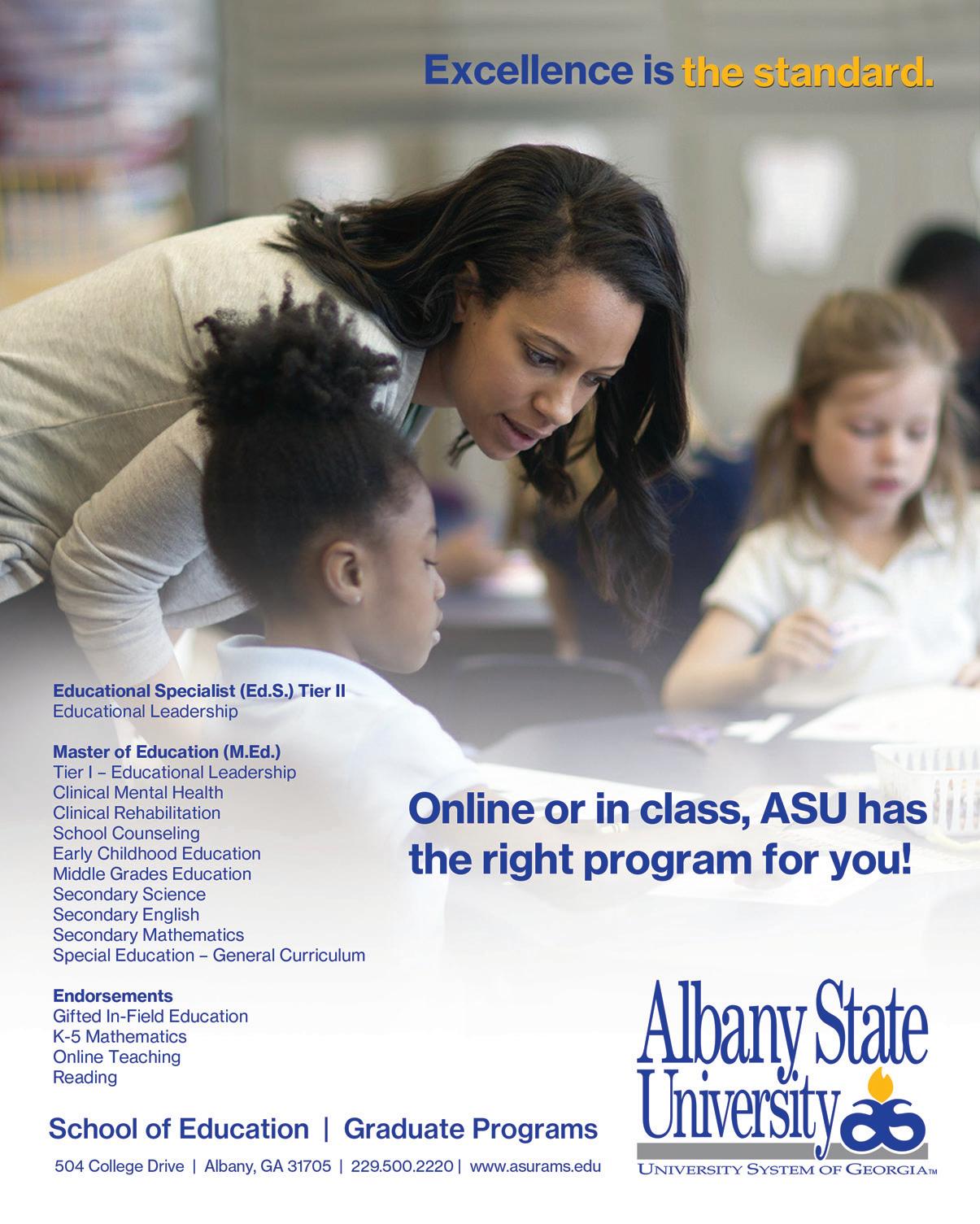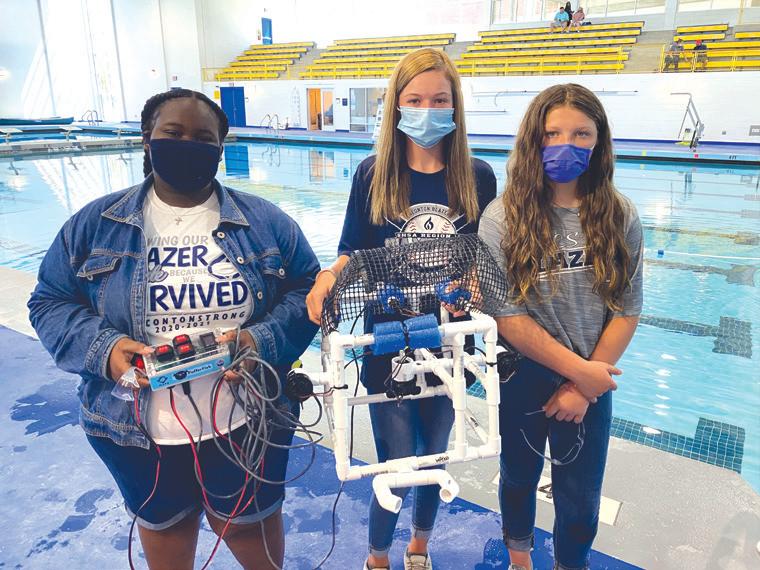
7 minute read
Streamworks. Dream Works
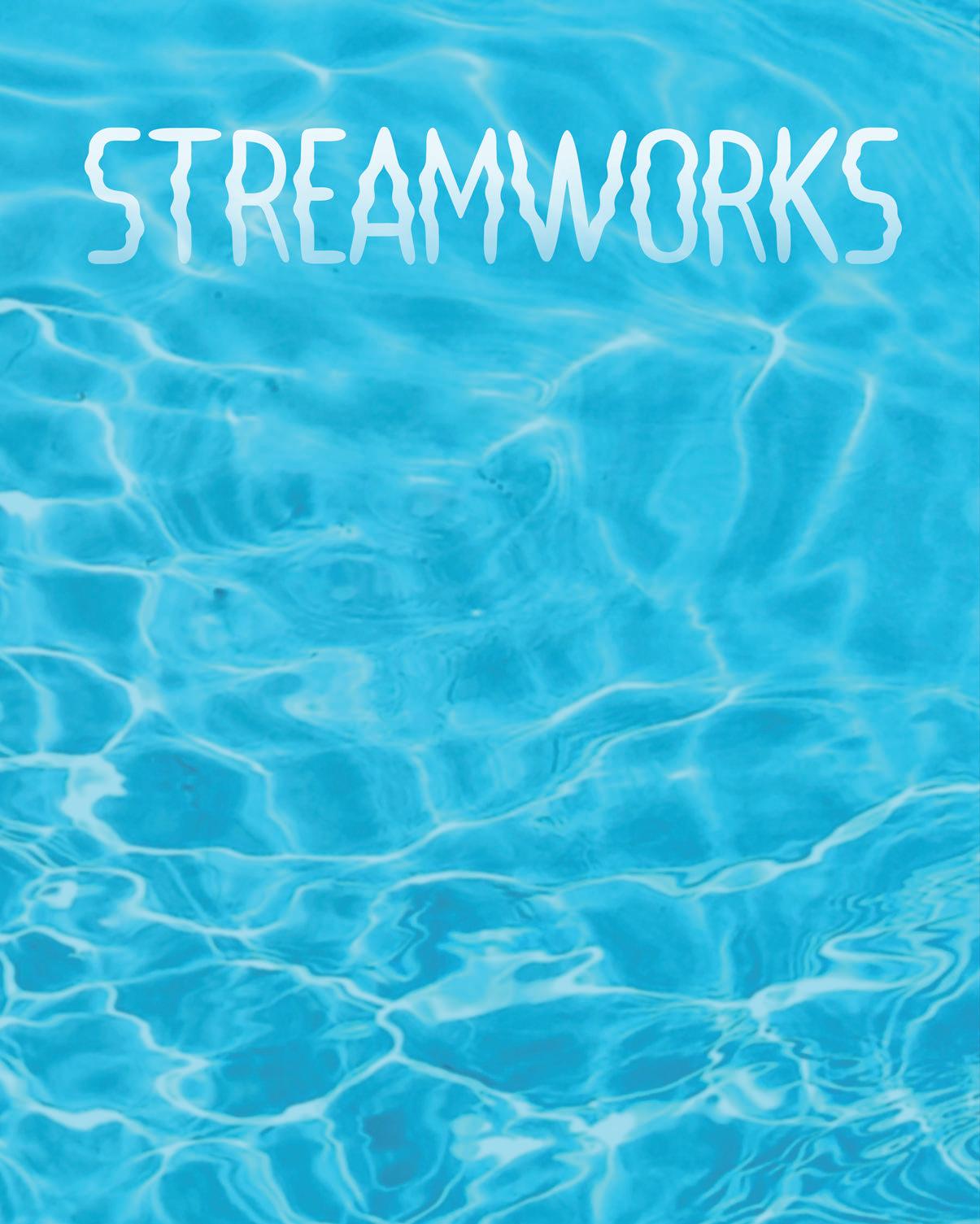
Winners of the first M.A.T.E. Underwater Robotics competition at Albany State University were Baconton Charter seventh-graders were, from left, Amekah Keaton, Aby Shumate and Kennady Hurst. Special Photo: Albany State University
Advertisement
One thing you should know about Dennis Courtney... He dreams big.
After recently brokering a partnership between Albany State University and Marine Advanced Technology Education (MATE) STREAMWORKS to assist in its efforts of educating young students about science, technology, engineering, and mathematics, Courtney is already talking about hosting regional and national underwater remote operated vehicle championships at Albany State.
Courtney, the founder, executive director and regional coordinator of STREAMWORKS, was running a robotics program that helped disadvantaged minority students develop skills that would take them into college and beyond at Albany Technical College when a brainstorm hit. He met up with a former classmate, David Golden, who was a vice president at Eastman Chemical.

2019 MATE ROV International Competition, Kingsport, Tennessee
MATE II, in partnership with the MATE Center, uses underwater robots – also known as remotely operated vehicles or ROVs – to teach science, technology, engineering, and math (STEM) and prepare students for technical careers. The 2019 MATE International ROV Competition took place June 20-22 in Kingsport, Tennessee. Dennis Courtney, Founder, Executive Director and Regional Coordinator of STREAMWORKS
What started as a pleasant conversation turned into a seven-hour discussion, at the end of which Golden convinced Courtney to come to Kingsport, Tenn., and bring his robotics programs with him under the auspices of an organization called Streamworks, powered by Eastman in Education. "The cool thing about STREAMWORKS is that what we do with robotics is relevant to whatever community we're in," Courtney said. "It's a program for all kids ... the haves and the have-nots.

MATE, Courtney notes, came to be 21 years ago when the Maritime Technical Society had trouble finding robotic pilots to work in the Gulf of Mexico. With funding from the National Science Foundation, an underwater robotics competition was organized to help find future robotics experts. Now that competition draws competitors from all over the world.
Courtney said the pieces are in place to eventually bring that national competition to Albany. "Imagine 1,500 kids from around the world — Russia, China, Australia, Japan, Mexico, England and all over the United States — coming to Albany for the national championship," Courtney said. "My vision is that — and I mean very soon, even by next year — we partner with the local school system to hold a regional competition for schools in south Georgia and north Florida. Part of that plan is to teach the educators, to offer professional development to teachers in area schools who are interested in teaching robotics. "One thing we'll stress, though, is that there will be no 'Pinewood Derby Syndrome,' you know, where parents do all the work on their kids' racers. We want the kids to learn from each other, a true team concept. And, remember, a lot of these kids involved in robotics have never played team sports. But this can be the ultimate team sport for the students who buy into what we're doing."
Albany State quickly saw the potential of the STREAMWORKS program and agreed to partner with Courtney and his organization. ASU Vice President of Institutional

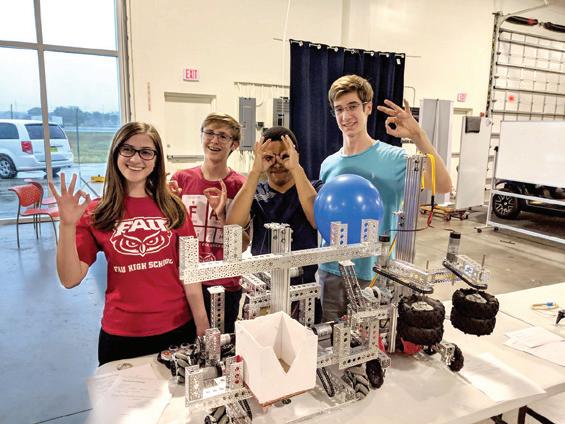
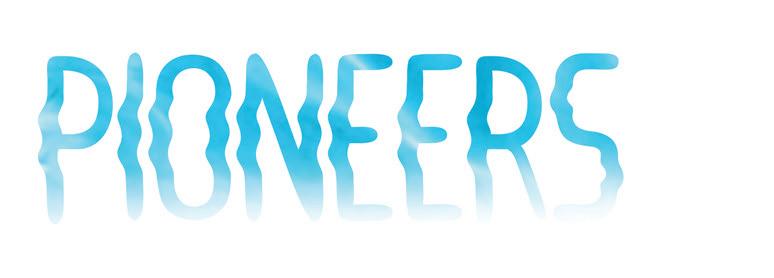
Advancement A.L. Fleming said the program fits well within the university's STEM-laden curriculum. “Albany State University is proud to partner with the M.A.T.E. Underwater Robotics competition,” Fleming said after a recent competition among area schools at the Jones Brothers Health, Physical Education, and Recreation Complex on the ASU campus. The underwater robotics event, won by students from Baconton Charter School, was the first of its kind in Southwest Georgia. “This is a great opportunity that encourages students to learn and apply STEM to create solutions for important issues we face,” Fleming added.
Commodore Conyers College and Career Academy (4C Academy) CEO Chris Hatcher said that while the Dougherty County school does not currently have an underwater robotics team, there is a simple reason: There's just too much currently going on at 4C. "Most of our robotics focuses on FIRST Robotics competition, but I'm very aware of what Dennis is doing with STREAMWORKS," said Hatcher. The 4C's robotics team, "The Commodores," are multi-year, FIRST Robotics global champions. The academy is a convener of robotics teams from schools throughout the region. "I know there are a lot of people in industries across the country who are very much behind underwater robotics. When you look at STEM-based projects, that is what is on the minds of businesses today. "STREAMWORKS focuses on STEM-related projects, on engineering processes, as they build robots to solve aquatics issues that are actually vital to the future. Their philosophy is
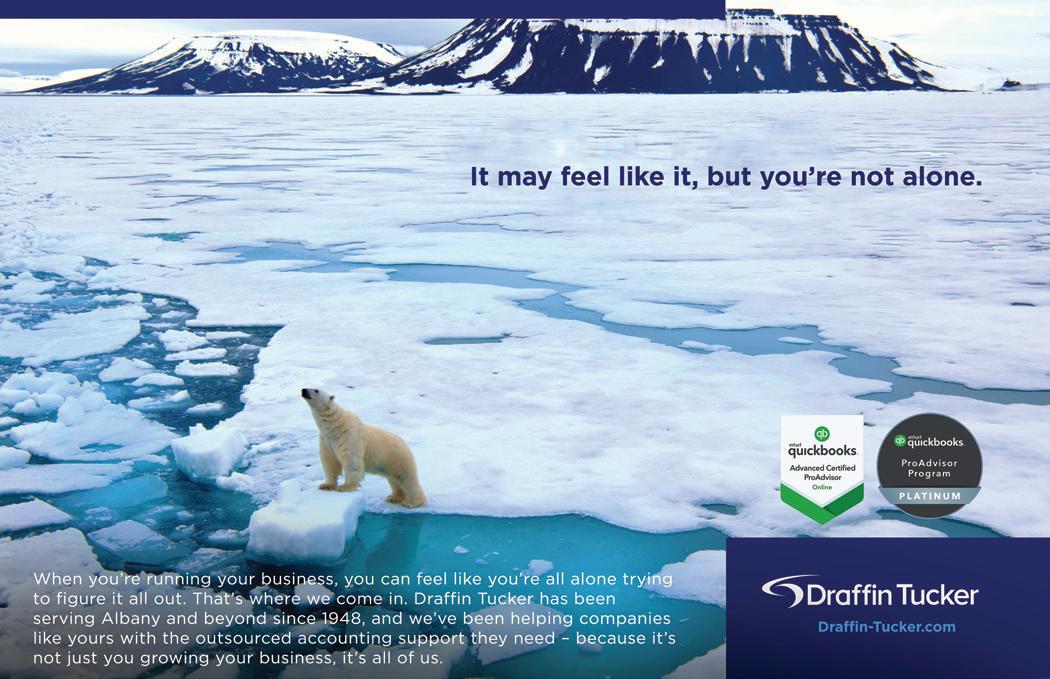
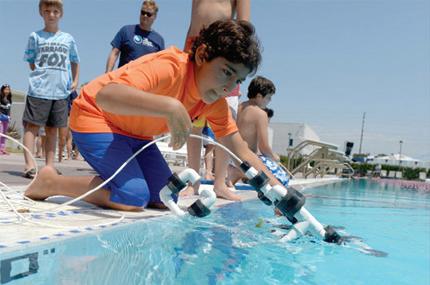
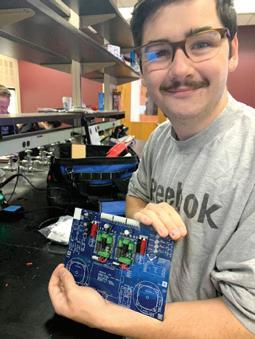
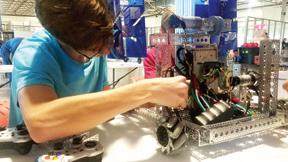
very much in line with what we do with our program, and I'm certain we'll discuss our involvement soon,” said Hatcher.
Courtney, meanwhile, said the concept of operating underwater remote operated vehicles (ROVs) even in a city like Kingsport, some 400 miles inland from the Atlantic, seemed unusual to many at first. But most soon saw the method to his "madness." “I have to give credit to Eastman because we wouldn’t have underwater robotics if it hadn’t been for their interest in the ocean sciences,” he noted.
The chemical company's close relationship with the Woods Hole Oceanographic Institute in Falmouth, Mass., proved to be fortuitous for STREAMWORKS. Courtney visited Woods Hole, where he observed the institute using ROVs to study how microplastics were being introduced into the food chain. Courtney became fascinated by the underwater ROVs and how they could benefit students in the Appalachian highlands. His research led him to the MATE Center.
Courtney cold-called the center, asking if they would be interested in working with entities in Tennessee. It seemed a stretch, since MATE was created to help develop the ocean-related work force, but MATE Inspiration for Innovation President Jill Zande was open to the idea. And when the Massachusetts Institute of Technology (MIT), which had been selected to host the 2019 national competition, decided that 2021 would be a better fit, Kingsport stepped in to fill the void. "That shows you what can happen," Courtney said. "I don't see why we can't have the same kind of thing in Albany at Albany State. We can host a regional in the next year or so and then start looking at nationals."
Among the benefits of robotics, Courtney, who also taught science in the Lee County School System, said, is the impact the activity has on students' futures. "I've learned that of the students who are involved in robotics as a STEM-initiated extracurricular, 75% of them pursue post-secondary education," he said. "The beauty of that is, you now have successful citizens who might not have turned out that way without being involved in the program.” "And if you catch these kids at the upper levels of elementary school, in middle school and high school, they gain a decade on their professional careers. It's closer to the German model, where kids in their early 20s go right into their profession and stay in it for life. In the U.S., where we rank 38th in the world in science and math, individuals waste a decade in five or six different jobs — with or without a college degree — before they find the right job."
Courtney, who retired from the Navy in 2004, becomes animated as he talks of the STREAMWORKS program. Listen to him talk about hosting a robotics national championship in Albany long enough, and you, too, will believe.
